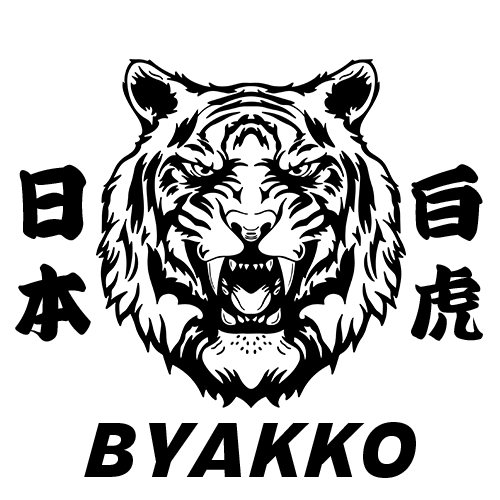Daruma Doll is a traditional Japanese lucky charm, which is considered to be a symbol for prayer and to keep the heart tight.
The Origin of the Daruma Doll

Daruma is a doll with the face of Daruma Daishi (above picture), the founder of Zen Buddhism, was born as a prince in India in the late 5th century and is said to have travelled to China after a long period of ascetic training.
A daruma doll that is round in shape and gets up on its own when knocked over. The shape of the stable centre of gravity indicates a state of mind and represents calmness and perseverance to cope with any difficulties. It is popular as a good-luck charm that grants any wish.
Why is the colour of Daruma red?

The spread of Daruma dolls in Japan stems from an epidemic of a disease called pox (smallpox) in Edo (now Tokyo).
Common people at the time feared illness and often made wishes. As red was believed to ward off evil spirits, Daruma dolls painted in red were sought after to ward off the pox. During epidemics, it is said that daruma dolls were placed under children's pillows.
When and from which side should Daruma's eyes be put in?
The majority of people draw the Daruma's left eye first, and when the wish comes true, draw the right eye (from right to left).
It is often said that this is in reference to the "A" and "Un" of "Aun no Breath". The majority of Niou statues in temples have the A- and Un-forms, with the A-form on the right and the Un-form on the left. The right side is the A-form and the left side is the Un-form.
“A” means the beginning of things and “Un” means the end. This order is often seen at Daruma fairs and other events when monks are asked to insert the character “A” into the statues.
However, it is also believed that wide-open eyes have the power to ward off evil, so there are many Daruma dolls with both eyes painted on from the start.
About Takasaki Daruma

Takasaki is a city in Gunma prefecture, which is located in Japan’s eastern Kantō region.
It takes about 50 minutes from Tokyo Station to Takasaki Station on the Shinkansen bullet train, or about two hours on a regular train.
The city is famous as the city of Daruma. Takasaki accounts for about 80% of Daruma doll production in the country.
The Takasaki Daruma is characterised by the shape of its eyebrows, which represent a crane, and its whiskers, which represent a turtle.
This is a reference to the auspiciousness of the phrase "cranes live for a thousand years, turtles live for ten thousand years".
The word "FUKURI" is written on the belly. This is in the hope that everyone's treasures, or "blessings", will come true.
On both shoulders are written gold characters wishing for 'family safety, prosperous business, fulfilment of great wishes and achievement of goals'. Daruma dolls with characters written on them are rare in Japan.
Takasaki Daruma Market

Takasaki Daruma in Gunma Prefecture has a history of more than 200 years. Due to the tradition of dedicating old Daruma dolls at New Year and buying new ones, many Daruma dolls have been sold and bought during the New Year.
Today, one of the earliest Daruma markets in the country is held on a large scale on the street in front of JR Takasaki Station West Exit Station from 1 to 2 January every year.
As well as traditional Takasaki Daruma dolls, there is also a wide range of cute Daruma dolls, including zodiac and coloured Daruma dolls. The festival is also filled with the lively shouts of the Daruma.
Free shuttle buses are available on the day of the festival, so you can visit various temples and shrines in Takasaki City.
See video for more information.
About Daruma Temple and Daruma Offerings

Shorinzan Daruma-ji Temple, a temple in Takasaki City said to be the birthplace of the auspicious Daruma doll, holds an annual Daruma offering on 15 January, the small New Year's day, to honour the Daruma dolls dedicated during the New Year and the Seven Herbs Festival.
The temple is about 20 minutes' walk from Gumma-Yawata Station, two stations away from Takasaki Station.
More than 30,000 Daruma dolls were piled up in the precincts of the temple and lit on fire while the chief priest chanted sutras.
It is believed that those who come into contact with the heat of the fire will not get sick for a year, and worshippers circle the flames once to pray for good health.
--
Visit our apparel product page for Kimono, Hanten jackets and Happi jackets that are worn at Japanese festivals
We also have an Instagram page for some vintage Japanese apparel styling inspirations.

